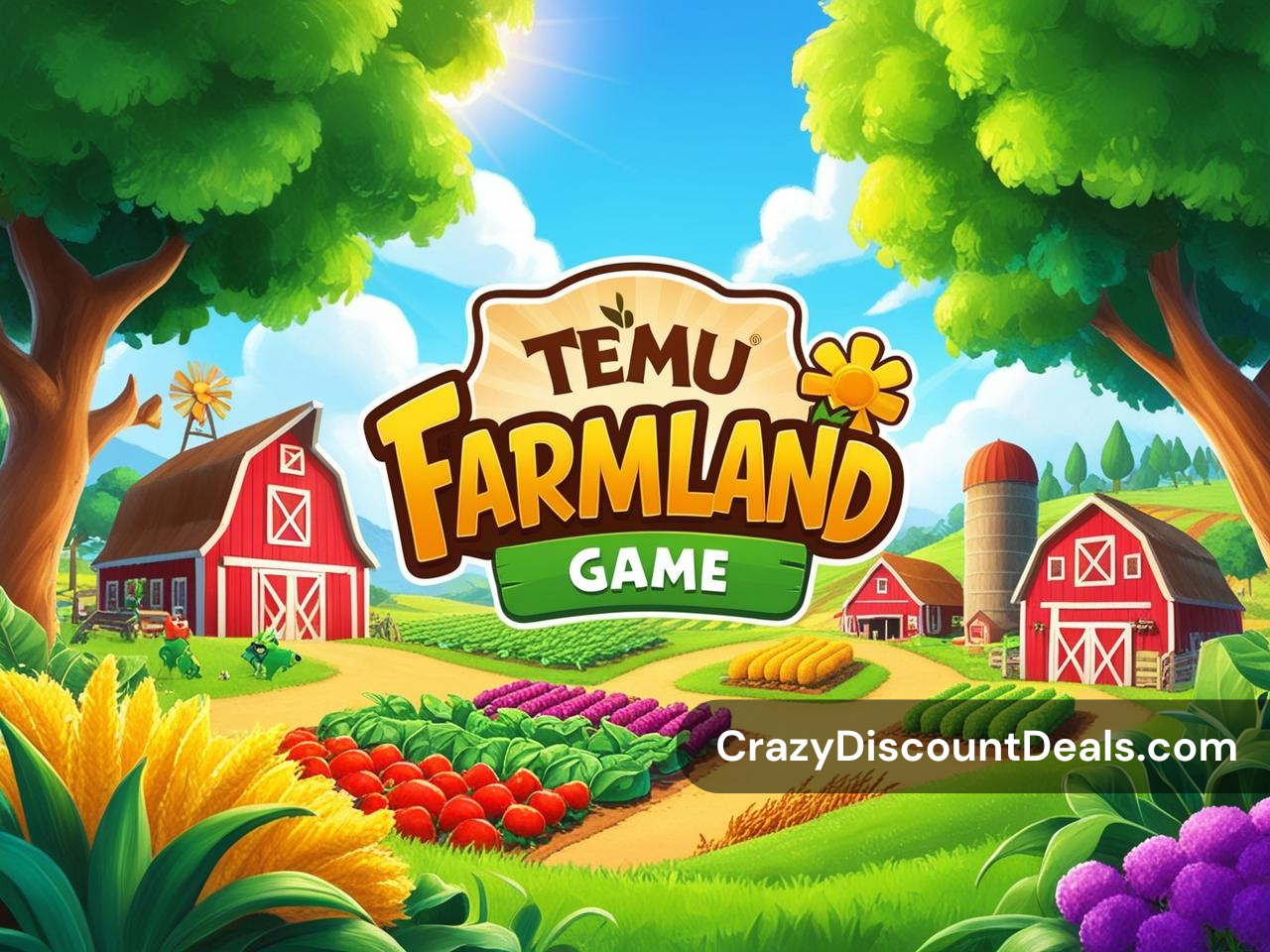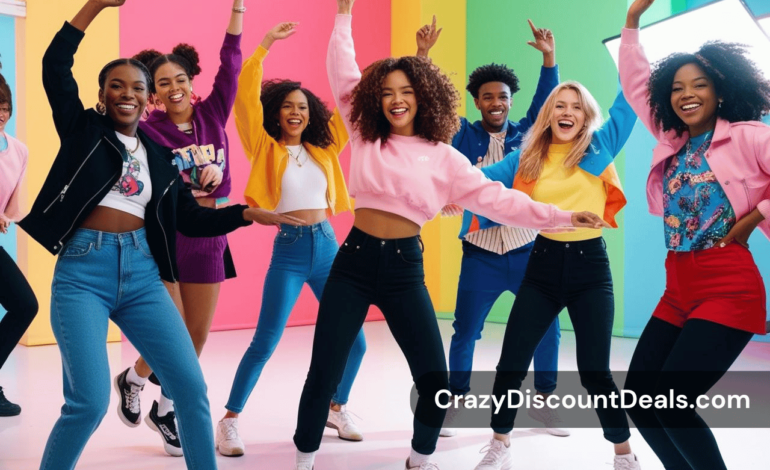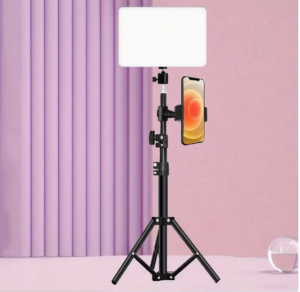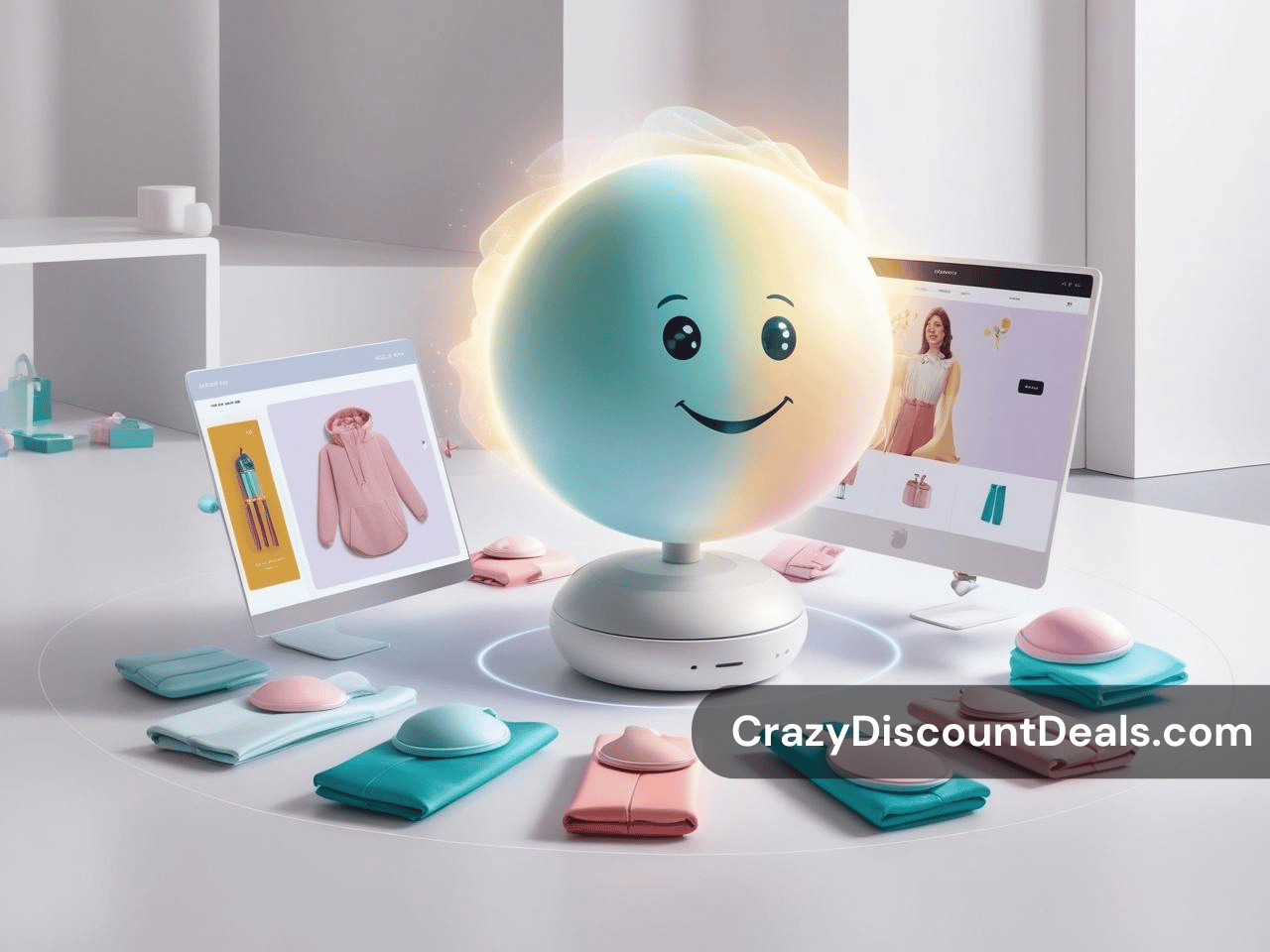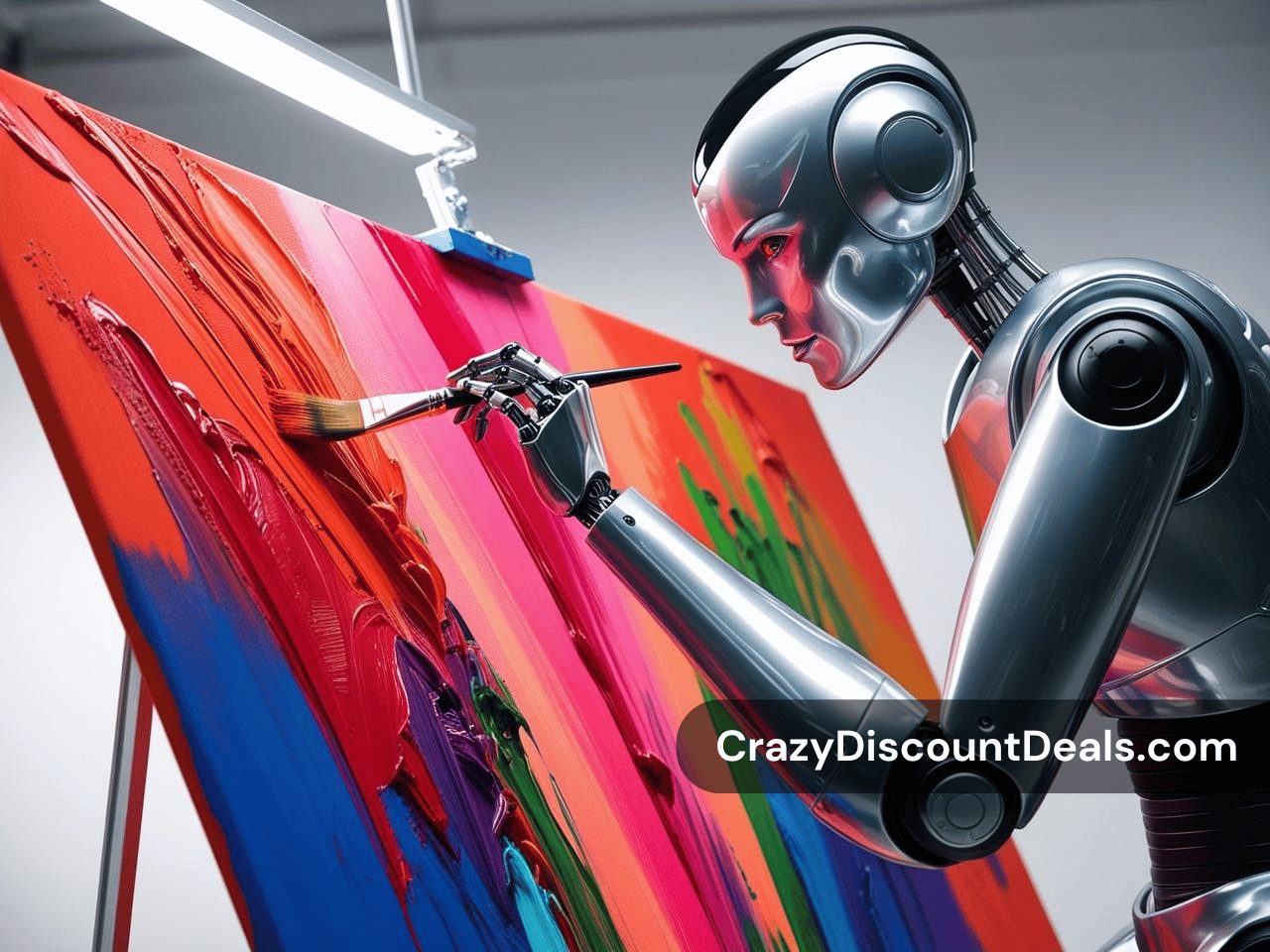The TikTok Effect: How Short-Form Videos Are Redefining News & Entertainment
In an era where information travels at lightning speed, TikTok has emerged as a dominant force, reshaping how we consume news and entertainment. The platform, once dismissed as a playground for dance challenges and lip-syncing videos, now dictates trends, influences public discourse, and redefines journalism and storytelling. With attention spans shrinking and traditional media outlets struggling to keep up, TikTok has carved out a new media landscape. But is this transformation for better or worse? Here is our take on how short form videos effect us.
The Power of Short-Form Content
TikTok thrives on brevity. Its algorithm prioritizes quick, engaging content that delivers information within seconds. Unlike traditional media that relies on long-form storytelling, TikTok’s appeal lies in its ability to package complex narratives into digestible, visually compelling snippets. Whether it’s a 60-second news update, a comedy skit, or a viral trend, the platform excels at holding user attention—at least momentarily.
According to a Microsoft study, the average human attention span has dropped to eight seconds. This shift has forced content creators, journalists, and marketers to rethink their approach. The challenge isn’t just to inform or entertain—it’s to do so in the shortest time possible. The rise of short-form content reflects a broader cultural shift where instant gratification reigns supreme.
News in 60 Seconds: The Rise of TikTok Journalism
One of the most surprising developments in the TikTok era is its growing role in journalism. Traditional news networks once held a monopoly on information dissemination, but now, a 19-year-old with a smartphone can break news faster than a newsroom. Citizen journalism is thriving, with independent creators reporting from the front lines of protests, disasters, and global events.
Legacy media outlets like The Washington Post, BBC, and CNN have recognized this shift, launching their own TikTok accounts to stay relevant. Journalists now compete with influencers, meme pages, and niche commentators to capture audience attention. However, while TikTok democratizes news, it also raises concerns about misinformation. The spread of unverified or misleading content is a growing challenge, making digital literacy more critical than ever.
Entertainment Reimagined: From Hollywood to the “For You” Page
TikTok has also redefined entertainment, making it more accessible, participatory, and community-driven. The days of waiting for new movies, TV shows, or album releases to shape pop culture are fading. Instead, trends emerge overnight, fueled by algorithm-driven virality. A single TikTok clip can propel an unknown artist to global stardom or make a decade-old song trend on streaming platforms.
Filmmakers and musicians are adapting to this shift. Artists like Olivia Rodrigo and Lil Nas X owe much of their success to TikTok’s ability to amplify music. Meanwhile, Hollywood has taken notes—many studios now design promotional campaigns with TikTok in mind, leveraging viral challenges and user-generated content to boost engagement. Streaming platforms like Netflix and Disney+ use TikTok to promote new releases, often posting behind-the-scenes clips, cast interviews, and interactive content to drive viewership.
The Double-Edged Sword: The Downsides of Short-Form Consumption
Despite its many benefits, TikTok’s rise has its drawbacks. The constant influx of bite-sized content has conditioned users to expect quick dopamine hits, potentially eroding patience for in-depth storytelling and analysis. This shift is particularly concerning in journalism, where nuanced reporting often requires time and context that short videos simply cannot provide.
Moreover, the platform’s addictive nature raises mental health concerns. Studies suggest that excessive social media use can contribute to anxiety, attention disorders, and sleep disturbances. While TikTok provides entertainment and education, it also fosters an environment of endless scrolling, where users struggle to disengage.
The Future: Where Do We Go From Here?
As TikTok continues to evolve, it’s clear that short-form content is here to stay. The challenge moving forward is finding a balance—leveraging the platform’s strengths while mitigating its downsides. Content creators, journalists, and media companies must adapt without sacrificing depth, accuracy, or creativity.
TikTok has proven that storytelling can be powerful, even in seconds. The question now is whether we, as consumers, can navigate this new landscape responsibly. Will short-form videos continue to shape how we engage with the world, or will there be a shift back to longer, more immersive content? Only time will tell—but for now, the TikTok effect is undeniable.





